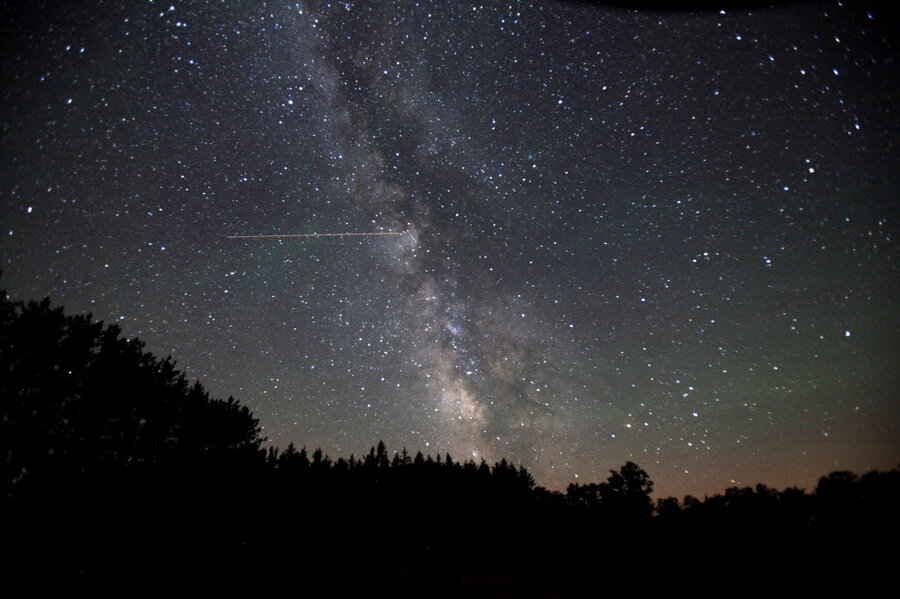How many arms does The Milky Way have?
Loading...
First, the Milky Way galaxy had four arms. Then, it had two, plus a number of fainter and slighter “minor arms.” Now, it has four appendages again, according to a new paper published this week in the journal Monthly Notices of the Royal Astronomical Society.
“It has been an interesting few decades,” says Melvin Hoare, a professor at the University of Leeds and a co-author of the paper, of the piling up revisions to the galactic map.
The Milky Way’s arms are congested galactic zip codes, dusty and gaseous stellar nurseries where new stars are made. So, astronomers plot galactic arms based on where stellar census data shows a regional jump in the number of stars.
In the 1950s, radio data had produced maps of a galaxy with four arms: Norma, Scutum-Centaurus, Sagittarius and Perseus. But, in 2008, images from NASA’s Spitzer telescope showed a galaxy organized into just two arms. In Spitzer’s tally of some 110 million low-mass, cool stars, the Norma and Sagittarius arms, supposed to be flush with stars, appeared to be not so star-packed after all. These arms looked more like rural regions of a galactic empire, not at all like the teeming cities they had been thought to be.
So, the two arms were jettisoned. Both were demoted to “minor arms” (astronomers are fond of consolation-prize names; Pluto, for example, is now called a “minor planet").
In the new paper, though, the team reports data from several telescopes around the world that probe the Milky Way for hot, high-mass stars, not the low-mass stars for which Spitzer was looking. These high-mass stars are much less common than are low-mass stars, since these stars live less long. And, since high-mass stars also do not live long, they are found just in the regions in which they are born, having had no time to emigrate from their birthplace.
The team’s census of about 1,650 high-mass stars showed that Norma and Sagittarius are hopping, urban places after all: these arms are lacking in low mass stars, but are in fact brimming with high-mass stars. It also appears that the gravitational pull that tugs stars together is much less in the re-instated arms than it is in the Scutum-Centaurus and Perseus arms, but is nonetheless strong enough that stars can still form in these less- crowded regions.
“In the arms that Spitzer sees, the stars are slowed a bit when they enter the arms and so pile up – like in a traffic jam,” says Dr. Hoare via email. “This does not appear to happen in the other two arms, although clearly the gas is still compressed enough to enhance star formation.”








